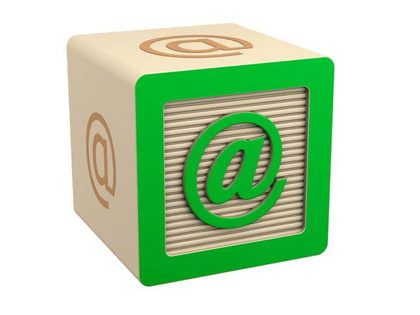
When you chat with a customer on Twitter or mention a username on the social network, they’ll know about it.
Using a Twitter handle within a Tweet means the person will see that someone else is trying to get their attention and they can then respond accordingly. But do you know the crucial difference between a mention and a reply on Twitter, and what it means if you use one or the other to communicate?
Here’s exactly how each one works.
How a mention works
Example: Spotted this article tweeted by @yellbusiness today, what’s your view?
Mentioning someone’s Twitter name anywhere within a tweet means that they will be aware of the reference. On top of this, the tweet will appear in the tweeter’s homepage (so twitter.com/yellbusiness), and within the timeline of all of the tweeter’s followers. So if you mention 100 different Twitter accounts in one day, all of your followers would know about it, and your tweets will be all over their timelines.
Essentially, this is a highly-visible way of referencing another’s account.
How a reply works
Example: @yellbusiness do you know where I can find info on Google Places?
@randomtweeterperson Here’s a link you might find useful http://ow.ly/9MS4p
Using a Twitter name here, right at the start of a tweet, means that only the person being spoken to will see it. It will appear on the tweeter’s homepage, so it’s very much public, but it won’t show up in the timeline of all of the tweeter’s followers.
When this tweet is replied to, it works in exactly the same way. The only way people would see this conversation in their timeline is if they followed both @yellbusiness and @randomtweeterperson.
Being able to reply in this way is great for companies who might tweet about 100 times per day to individuals (because of customer service issues for example), and might want to tweet on 10-20 other things that are of interest to followers.





